Have you ever wondered, “Why does my dog scoot its rear?” Watching your pup drag its bottom across the floor can be confusing or even alarming. Is it just a quirky habit, or a sign that something’s wrong? Let’s solve this mystery— uncover what’s behind your dog’s scooting butt and learn how to keep your dog's rear end healthy and comfortable .
- Discover the most common reasons behind dog scooting and what it says about your dog's rear end health.
- Understand the role of anal glands, anal sacs, parasites, and food allergies in causing scooting butt behavior.
- Learn how to identify when scooting in dogs indicates a medical concern and how to provide relief.
The Mystery of Why Does My Dog Scoot Its Rear? What Every Pet Owner Should Know
Pet owners often ask, “Why does my dog scoot its rear?” This puzzling dog scooting behavior is one of the most common reasons people bring their dogs to the vet. While the occasional butt scoot may be harmless, frequent or intense scooting can signal underlying issues with your pet’s rear end health . Owners should pay attention when their dog scoots its rear —it’s their way of telling you something doesn’t feel right, especially in the anal area .
The major causes of scooting range from mild irritation and impacted anal glands to parasites or allergies. By understanding why dogs drag their butts, you’ll know when to relax, when to take action at home, and when to see your vet for a professional opinion. Let’s break down what’s happening behind the scenes and what each type of scooting might reveal about your dog’s health.
Decoding Dog Scooting: Why Does My Dog Scoot Its Rear and What Does It Mean?
Common Reasons Why Does My Dog Scoot Its Rear
- Anal sac irritation or impaction
- Intestinal parasites
- Food allergies and skin irritation
- Foreign objects or matting near the rear end
"Scooting butt is often your dog's way of telling you something is wrong with their rear end health."
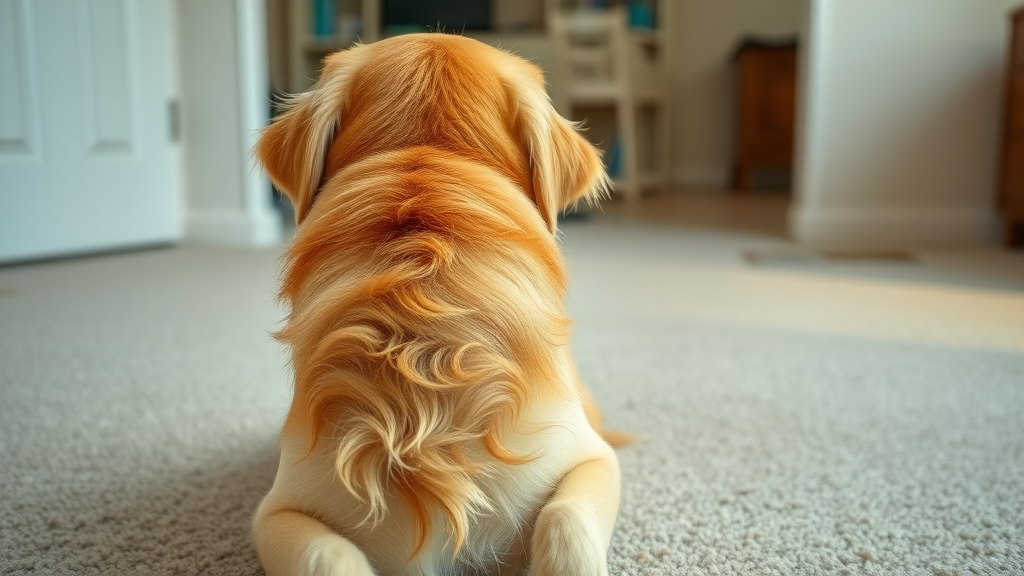
The common reasons dogs may scoot include anal gland discomfort (usually caused by impacted or irritated anal sacs located on either side of the anus), intestinal parasites such as tapeworms or roundworms, skin allergies , or even stuck debris or fur mats. Each of these conditions causes irritation, which the dog tries to relieve by dragging or scooting its behind along the ground. While sometimes scooting might look amusing, ignoring it can lead to worsening gland problems, infections, or ongoing discomfort for your furry friend.
Observing your dog scooting can give you valuable information about their anal glands and rear ends. Dogs drag their rears to communicate their discomfort. If this behavior increases or is paired with other symptoms—like licking, redness, swelling, or foul odor—it’s time to dig deeper and address the root cause.
Anal Sac and Anal Gland Issues: The Leading Answer to Why Does My Dog Scoot Its Rear
How Anal Sacs and Anal Glands Cause Dog Scooting
- Anatomy of anal sacs and their function in dogs
- Causes of anal gland impaction or infection
- Symptoms of anal gland problems beyond scooting butt
The anal sacs (sometimes called anal glands ) are small scent glands located on either side of your dog’s anus. They help dogs mark their territory and communicate with other dogs, but when these sacs don’t empty properly during a bowel movement they can become impacted or infected—a leading cause of dog scooting butt . Anal sac issues are especially common in small breeds, but any dog can develop problems here.
Impacted anal glands happen when the fluid inside thickens, causing pain and inflammation. Bacterial infections can also develop, making the issue more serious. Besides scooting butt, symptoms include excessive licking, swelling around the anus, a bad smell, or even visible pus or blood. If anal sac issues aren’t treated, the discomfort may intensify, sometimes leading to abscesses (painful, pus-filled swellings).
Understanding how to spot these problems quickly is crucial. If your dog suddenly starts scooting and shows other signs—like discomfort during sitting or changes in bathroom habits—it’s time to contact your veterinarian. Prompt care can relieve discomfort and prevent further gland issues .
| Cause | Main Symptoms | Diagnostic Steps | Treatment Options |
|---|---|---|---|
| Anal Sac Impaction/Infection | Scooting, licking, swelling, foul odor | Physical exam, expression of glands | Expression, antibiotics, surgery if severe |
| Intestinal Parasites | Scooting, worm segments in stool, diarrhea, weight loss | Fecal test, visual check for worms | Deworming medication |
| Allergies/Skin Irritation | Itching, redness, scooting, licking paws | Diet trial, allergy testing | Diet change, antihistamines, medicated shampoos |
| Foreign Body/Fur Matting | Scooting, biting tail, visible debris | Physical exam, fur check | Removal by grooming |
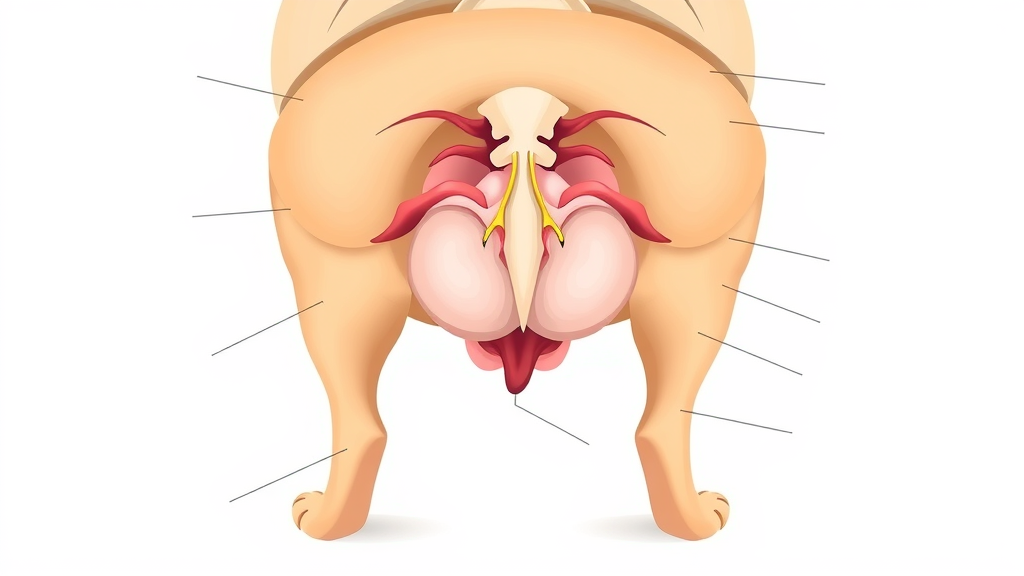
Scooting Butt and Other Health Indicators: Key Signs to Watch For
Intestinal Parasites and Their Role in Dog Scooting Butt
- Types of intestinal parasites often linked to rear end discomfort
- Signs of parasite infestation beyond butt scooting
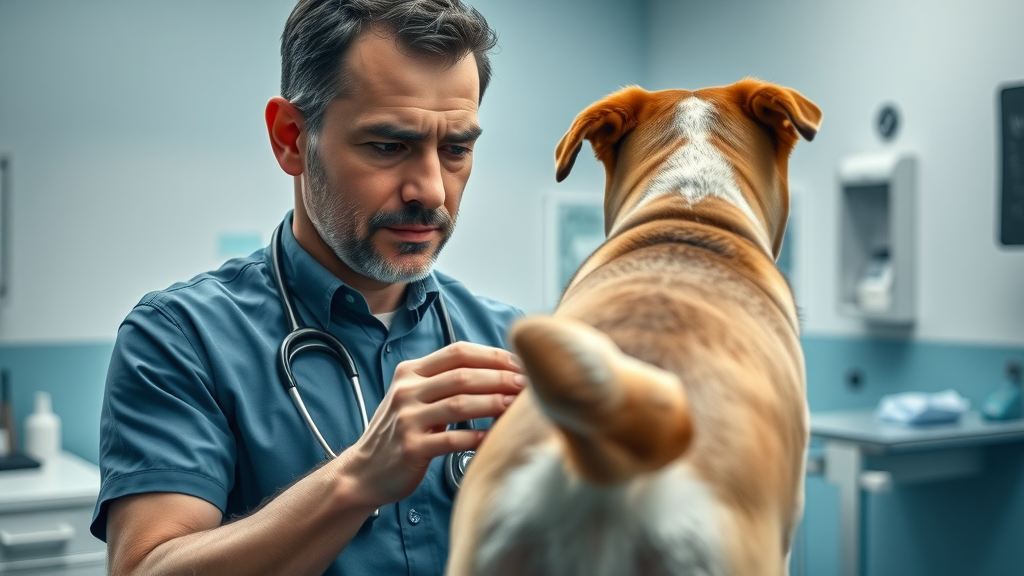
Intestinal parasites can trigger that unmistakable dog scooting butt behavior. Worms such as tapeworms, roundworms, or hookworms are notorious for causing irritation around the anus—their eggs or segments may actually appear in your dog’s stool or cling to fur near their rear ends. Dogs infected with parasites often start scooting as a way to relieve the itching and crawling sensation these creatures cause.
Other signs of an intestinal parasite infestation include unexplained weight loss, diarrhea, changes in appetite, scooting, and visible worms in stool or around the anal area. Puppies and newly adopted dogs are especially at risk. Regular deworming and annual fecal checks are key to preventing parasite-related scooting in dogs. If your dog shows more than one symptom or if you see anything unusual in their stool, consult your vet quickly.
Food Allergies and Irritated Rear Ends: A Less Obvious Cause of Why Does My Dog Scoot Its Rear
- How allergies trigger skin irritation and inflammation
- Identifying food-related triggers in your dog's diet
Food allergies are a less obvious reason why your dog may be scooting its rear, but they’re not uncommon. When a dog is allergic to an ingredient in its food, it can develop chronic inflammation and irritation, not just on the paws and ears, but around the anal area too. This skin irritation can make your dog drag its behind for relief, especially if the irritation progresses to a rash or secondary infection.
If you notice other signs of allergies, such as frequent scratching, biting, redness, or ear infections, food could be to blame. Dairy, beef, chicken, and grains are typical offenders. Consider an elimination diet or talk to your veterinarian about hypoallergenic food trials. Fixing the underlying allergy often resolves both the skin issues and the butt scooting behavior.
Dog Scooting Butt: When Is It an Emergency?
"If your dog's scooting becomes frequent or severe, prompt veterinary attention is essential to prevent complications in the anal glands or rear end."
- Red flags: blood, swelling, or persistent licking
- Situations where home remedies for scooting butt are not enough
Not every dog scoot is a 911 moment, but certain signs mean you shouldn’t wait. If you see blood, swelling, obvious pain, or your pet is obsessively licking their rear end, this points to possible abscesses, deep infections, or even tumors. Extreme dog scooting butt warrants immediate veterinary attention, especially if your dog receives no relief from at-home care. Catching problems early stops them from becoming much more serious issues.
If your dog’s scooting is gentle and infrequent, you can monitor at home. But if it ramps up in frequency or intensity, or your dog’s overall mood or appetite changes, it’s time to see your vet ASAP. Trust your instincts and always err on the side of caution with severe or persistent gland problems .
Effective Remedies: How to Help When You Wonder, 'Why Does My Dog Scoot Its Rear?'
Steps to Relieve Anal Gland Issues Causing Dog Scooting
- Proper expression of anal glands: at home vs. by a professional
- Dietary adjustments for promoting healthy anal gland function
- Treating secondary infections or inflammations
Anal gland expression is the most direct remedy when gland issues cause dog scooting butt . For minor impaction, some experienced pet owners can express the anal glands at home, but for safety and cleanliness, it’s best done by a groomer or veterinarian—especially if infection is suspected. Never attempt expression if you’re unsure or if there are signs of infection or blood.
Diet can make a big difference: Switching to high-fiber dog food or adding fiber supplements can help produce firmer stools, improving the natural function of your dog’s anal sacs . This helps empty the glands naturally during a bowel movement and reduces future butt scooting issues. Always check with your vet before making big diet changes, and ask about topical or oral treatments if infections are present.
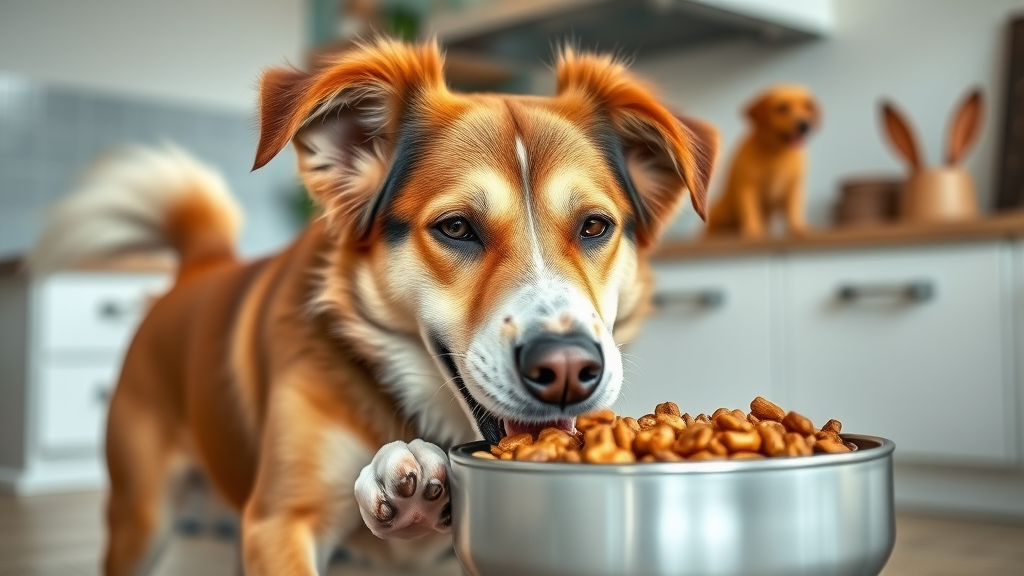
Managing Parasites and Allergies Linked to Dog Scooting Butt
- Deworming protocols and parasite prevention
- Elimination diets and hypoallergenic dog foods
If intestinal parasites are to blame, your vet will prescribe a dewormer specifically targeted to the type of worm present. Keeping your dog on a regular deworming schedule and cleaning up waste quickly help break the cycle of reinfection. For multi-dog households, treat all pets and sterilize the environment.
Food allergies take more patience to resolve. A strict elimination diet—removing common triggers and gradually introducing new foods—can reveal what’s causing your dog’s discomfort. Once the offending ingredient is found, switching to a hypoallergenic or limited-ingredient food often stops the butt scooting for good. Consistent vet follow-up ensures you’re on the right path.
Preventative Strategies: Ensure Your Dog's Rear End Health and Minimize Dog Scoot Outbreaks
Routine Anal Gland Care and Checks
- How often should you check anal sacs in dogs?
- Professional grooming tips to keep the rear end clean
Routine checks of your dog's anal sacs should be part of your grooming schedule, especially if your pet has a history of anal gland issues or frequent butt scooting. Small breeds and dogs with “problematic rear ends” may need checks every 4-6 weeks, while others are fine with less frequent exams. A professional groomer can help keep this area clean and free of mats or foreign debris that could irritate the skin.
Trimming excess hair around the anal area and using gentle, pet-safe wipes can prevent future bouts of scooting behavior . Cleanliness makes it less likely your dog will start scooting due to dirt, debris, or leftover feces causing discomfort around the anus.
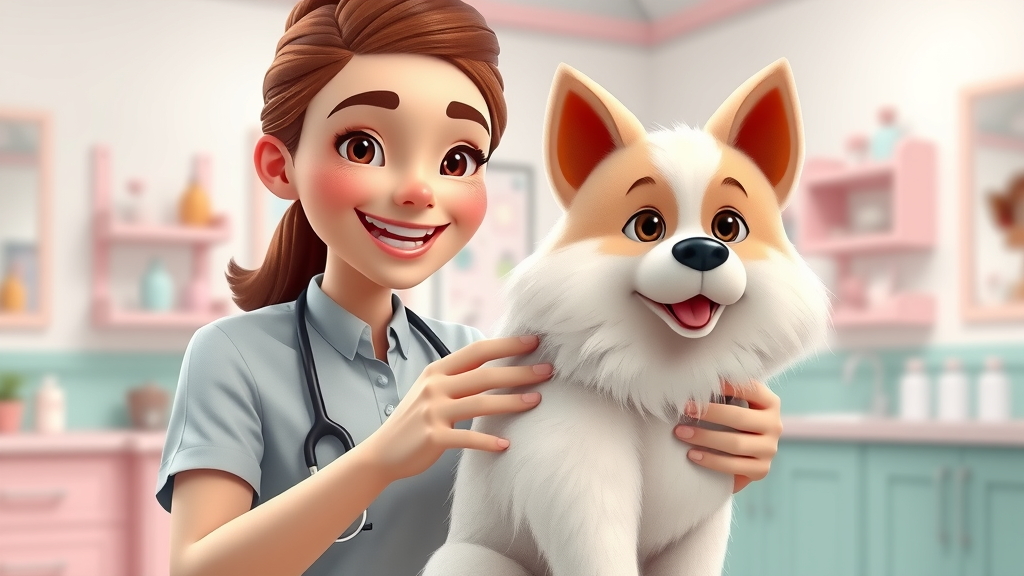
Home Environment Changes to Reduce Scooting Butt Behavior
- Floor cleaning to prevent irritation
- Appropriate bedding/materials for sensitive pets
"Simple changes at home often make a difference in reducing the causes behind why your dog scoots its rear."
Sometimes, changes in your dog’s home environment can reduce butt scooting. Keeping floors clean, free of irritating chemicals, dust, or pollen will minimize rear-end skin irritation, especially for sensitive pets prone to allergies. Provide soft, clean bedding and avoid rough fabrics that might chafe your dog's hindquarters.
Regularly inspecting the places where your dog likes to rest or drag themselves helps you spot problems before they get worse. Prevention is easier than treatment—but always be alert for signs of ongoing discomfort or abnormal scooting.
Should I Be Worried If My Dog Is Scooting?
- Establishing when dog scooting is a benign behavior vs. health warning sign
While occasional dog scooting after a particularly dirty bowel movement or mild itch is usually harmless, frequent, persistent, or severe scooting butt should prompt further investigation. If the behavior disappears quickly and your pet’s comfort returns, you can relax. But if dog scooting becomes routine, talk to your vet—it could be your dog's way of begging for help with a real rear end health problem.
Why Does a Dog Drag Its Rear End?
- Comparing normal vs. abnormal rear end dragging in dogs
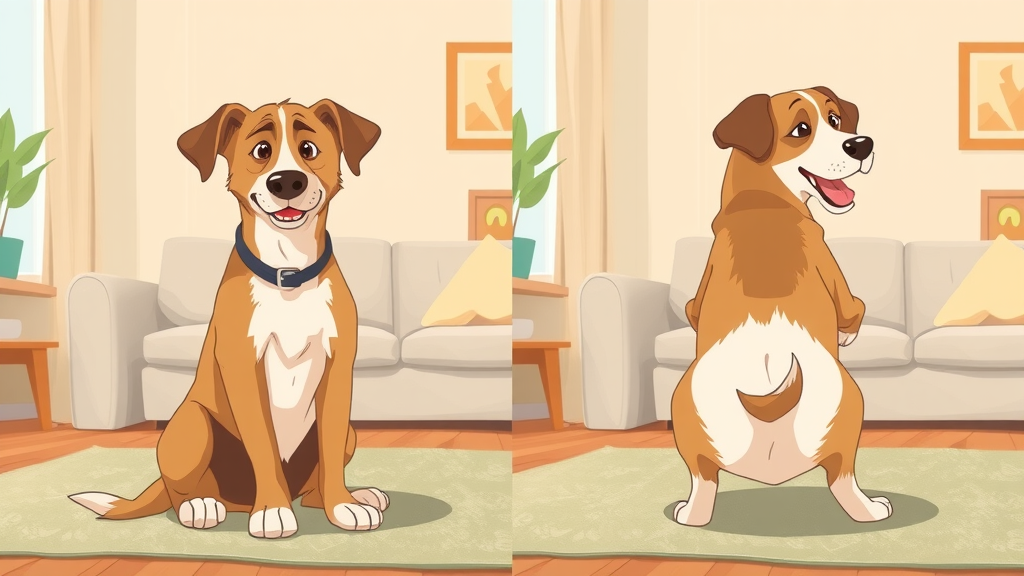
Dogs drag their rear ends for a variety of reasons—sometimes it's just an itch, but abnormal, repetitive dragging is almost always a sign something’s wrong in their anal area . If your dog only does it after defecating or once in a great while, it’s likely nothing to worry about. But repeated or frantic butt scooting points to discomfort: gland issues , skin infections, parasites, or allergies are all possible explanations.
Why Does My Dog Scoot Her Bum Across the Floor?
- Which factors prompt female dogs to scoot their rear in particular
Female dogs may scoot their rears due to all the causes discussed—impacted anal glands , worms, or allergies. However, female anatomy sometimes means a stronger tendency to develop urinary tract infections or vaginal irritation as well, which can make scooting seem more frequent. If your female dog shows additional symptoms, like frequent urination or vaginal discharge, have your vet check for multiple issues.
What Is the Cure for Scooting in a Dog?
- Effective treatment options for dog scooting butt
The cure for dog scooting depends on the root cause. For anal sac issues , a vet or professional groomer should perform gland expression and treat any infections. Dewormers resolve parasite infestations, while food trials and vet-guided dietary changes help with allergies. Often, a combination of improved anal gland care , regular grooming, and consistent prevention (like high-fiber diets and regular deworming) ends the cycle of scooting butt .
Frequently Asked Questions about Why Does My Dog Scoot Its Rear
-
Is butt scooting always a sign of anal gland issues?
Not always—though anal gland problems are common, dogs may scoot due to allergies, parasites, or debris stuck to the fur. Check for other symptoms and consult your vet if you’re unsure. -
How often should anal glands be checked in dogs that frequently scoot?
For dogs with a history of frequent butt scooting, check or have glands expressed every 4-6 weeks, or whenever symptoms return. -
Are some breeds more prone to dog scooting butt than others?
Yes. Small breeds like Chihuahuas, Shih Tzus, and toy poodles are more likely to develop gland problems and need regular care. -
Can diet alone prevent dog scooting?
A high-fiber diet helps maintain healthy bowel movements, which in turn helps prevent anal sac issues . However, genetics, allergies, and environmental factors also play a role.
Quick Reference Table: Why Does My Dog Scoot Its Rear—Causes and Solutions
| Cause | Key Symptoms | What To Do |
|---|---|---|
| Impacted Anal Sacs | Scooting, swelling, odor | Vet/groomer gland expression, high-fiber diet |
| Intestinal Parasites | Scooting, worms, diarrhea | Deworming medication, regular fecal checks |
| Allergies | Itching, redness, scooting | Diet trial, antihistamines, medicated baths |
| Foreign Matter | Visible debris, biting, scooting | Clean/groom rear regularly |
Expert Insights: Quotes from Veterinarians on Why Dogs Scoot Their Rear Ends
"Routine rear end examinations help catch problems early and may prevent chronic dog scooting butt." - Dr. Jane Barker, DVM
- Visual guide to identifying and managing scooting butt behavior
- Veterinarian demonstrates safe expression of anal glands at home
Key Takeaways for Pet Owners Addressing 'Why Does My Dog Scoot Its Rear?'
- Recognize when dog scooting is a symptom of deeper problems
- Early detection and treatment are crucial for your dog's rear end health
- Prevention strategies minimize the risk of dog scooting butt
- Veterinarian guidance ensures the best outcomes for scooting butt issues
Ensure Your Dog’s Comfort—Consult Your Veterinarian for Persistent Rear End Scooting Issues
If your dog’s scooting becomes frequent, severe, or is accompanied by other worrying symptoms, contact your veterinarian for a thorough exam and lasting comfort solutions.
Understanding why your dog scoots its rear is essential for maintaining their health and comfort. The article “Why Is My Dog Scooting?: Reasons Why Your Dog May Be Scooting” from the American Kennel Club provides a comprehensive overview of potential causes, including anal gland issues, parasites, and allergies. ( akc.org ) Additionally, “Dog Scooting | PetMD” offers insights into symptoms and treatments associated with this behavior. ( petmd.com ) Exploring these resources will equip you with the knowledge to address and prevent your dog’s scooting effectively.
 Add Row
Add Row  Add
Add 




Write A Comment